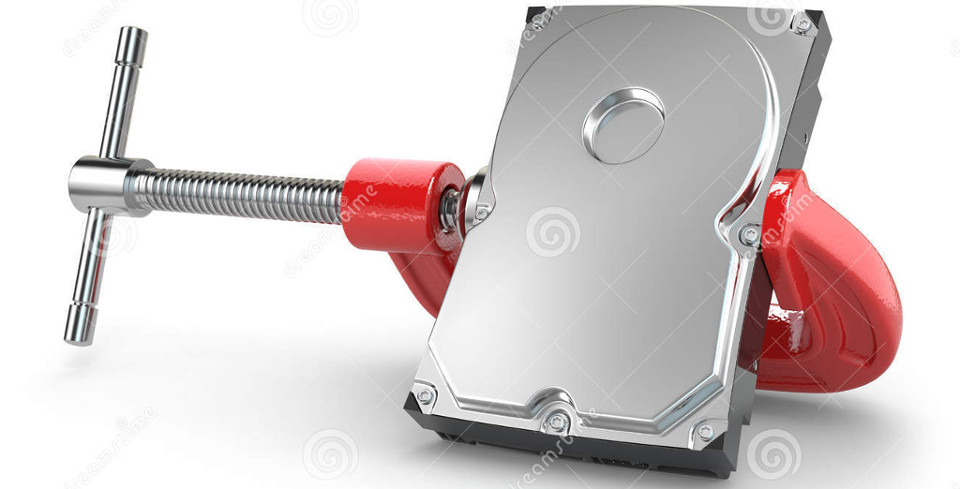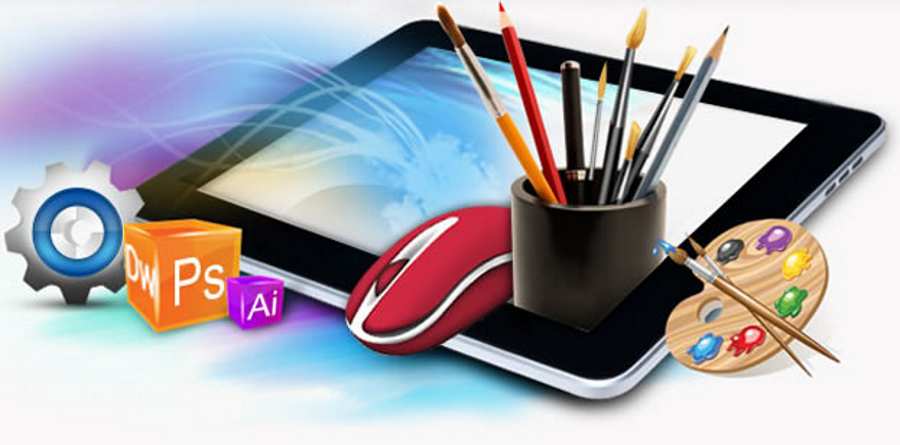We all know the dilemma. We take our suitcase and pack for our upcoming trip. The suitcase looks huge when we start packing. But in no time, it is crammed. There are still a few things that we’d like to carry, but there is no more space. We need to do two things now: pack the existing things compactly so that they take up less space, thus creating space for new additions. Or remove things which are unnecessary, so that we have space for what we find necessary.
We face a similar dilemma in computing. We encounter low disk space or are stuck with low bandwidth and have huge files to store or transfer. How do we solve the problem? The answer is data compression. We will learn about two compression methodologies: lossy and lossless data compression.
Continue reading “Honey, I shrunk the data: Lossy and lossless data compression in computing”


